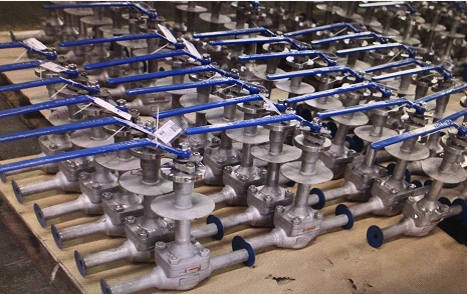ROYCEO
CONTACT
For more information and pricing of used vehicles, please contact
How do they work: Cryogenic Valves

Cryogenic valves operate at temperatures below -40°C, and are mainly used for gas liquefaction. In separation, transport and storage equipment, their operating temperature can reach below -270 ℃.
They are held in a naturally closed position to contain gases or other contained materials. In addition, they react at high pressure to open to allow flow. The flow will be maintained until the pressure drops again. Then, it will swing back, and be sealed with a special metal-seated hermetic seal to prevent leakage.
Choosing the right cryogenic valves
Cryogenic valves are increasingly used in industrial sectors such as petrochemical or natural gas. In other words, with low-temperature working materials which are also toxic, flammable or explosive and have a high permeability. Therefore, they must meet a number of special requirements to ensure their safe use.
Among these characteristics, they have a higher packing part and an extended stem. This reduces the heat transferred from the outside to the inside of the device.
Another element to be assessed is the design of the long-neck bonnet, which is related to the thermal conductivity of the material, the thermal conductivity area, the surface heat dissipation coefficient and the heat dissipation area. It is calculated using an experimental method.
As far as materials are concerned, manufacturers of cryogenic valves must take into account that the body of the device has to withstand temperature changes, and the possible expansion and contraction movements generated, avoiding deformation of its mounting. To this end, it should be noted that ferritic stainless steel can be used when the temperature is higher than -100 ℃ and austenitic stainless steel when it is lower. On the other hand, copper or aluminium alloys are used for small diameter, low pressure valves.
